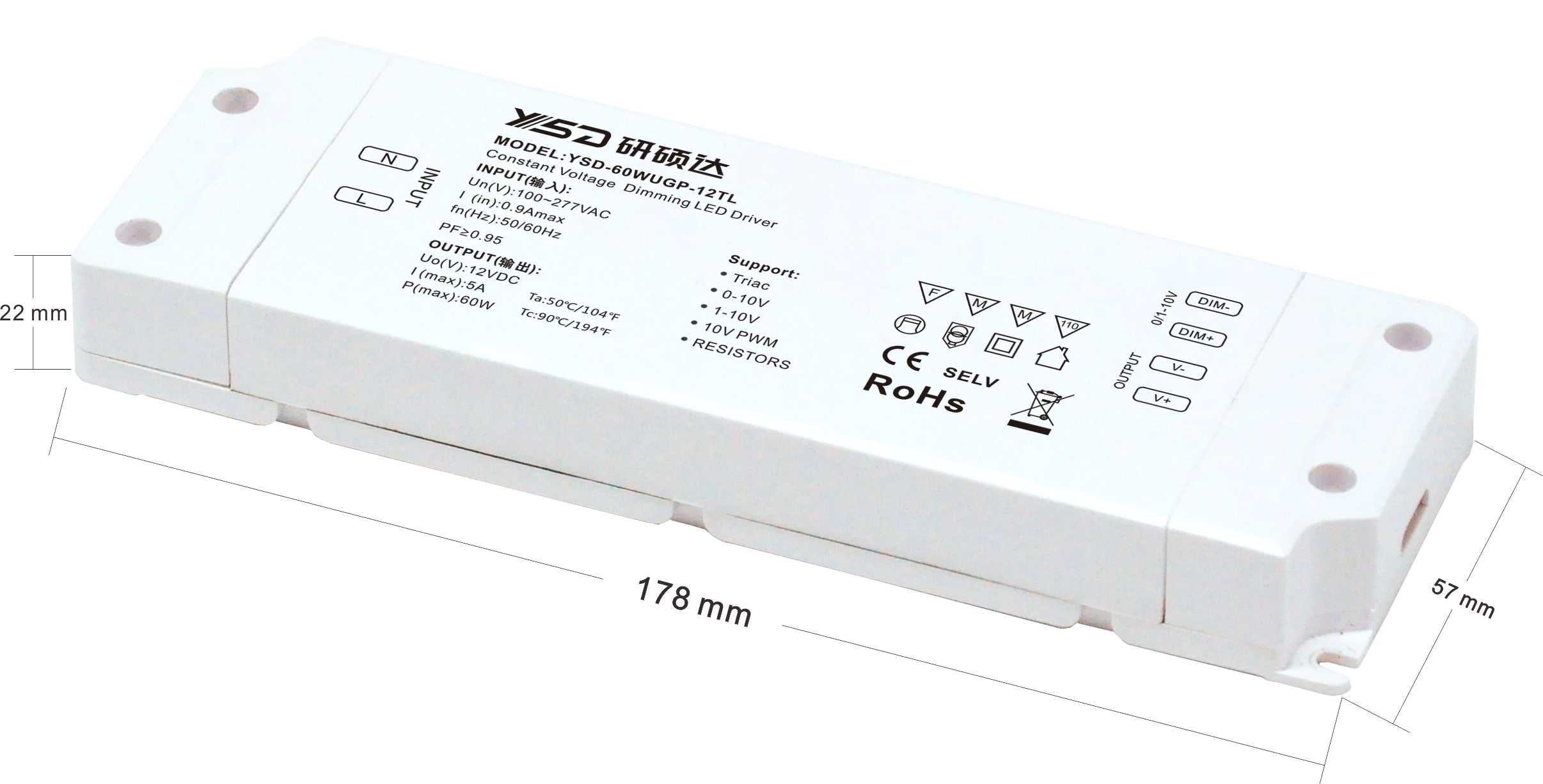How does a Dali dimming work?
Time:2021-05-19 / Read:1140What is Dali dimming?
Dali is an international open specification lighting control communication protocol.Mainly used for dimming control of multiple fluorescent lamps and LED lighting.Dali can form a grid of up to 64 short addresses and 16 primary addresses. A host can control one or more slave computers and communicate in a half-duplex way.Dali's four letters are Digital, Addressable, Lighting and Interface.
Within a DALI system, Repeater can be used to increase the wiring distance. The limitation of wiring distance is essentially that the voltage drop on the line may cause the level of the receiver to exceed the voltage specification of the bus.Since Dali does not specify a specific cable medium, it is theoretically possible to use thicker cables to achieve longer wiring distances, and 300m is the recommended maximum.Dali can only be connected via a wired connection.For now, that's true.But with the upcoming release of Dali Part 104 - Wireless System Components, it will soon be possible to overcome the limitations of Dali cabling with Wireless bridging.Dali is integrated into the BMS system as a subsystem.
How does a Dali dimmer work?
Dali dimming is a typical digital control.The biggest feature of Dali technology is that a single lamp has an independent address. Dali can dimmer each lamp equipped with Dali drivers. Different lighting units on the Dali bus can be flexibly grouped to achieve different scene control and management.As a result, the Dali dimming system provides great flexibility in lighting control, allowing the user to design and adjust the corresponding lighting scheme according to their needs. This adjustment can be used during the operation after the installation without any changes to the circuit.The Dali system is an ideal, simplified digital communications system designed to meet the needs of today's dimming technology.

Dali dimming has four advantages:
1. Accurate, stable and smooth dimming: Dali signal is bidirectional transmission, which can not only transmit control commands forward, but also feed back information of ballast and lamp status, fault information, switch and actual brightness value to the system.
2. Two-way communication: the situation of lamps can be fed back to the system, and grouping and multi-scene control can be realized.
3. Strong anti-interference ability: no signal distortion, DALI interface communication protocol adopts unique Manchester code, the transmission rate of 1200 BPD can ensure that the communication between devices is not interfered.
4. A wide range of applications: at present, many lighting equipment and control equipment have Dali interface, which can be used for Dali dimming from small offices to office buildings, and from single stores to star-level hotels.


